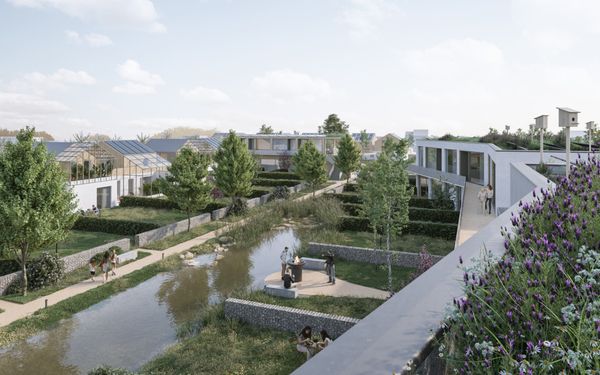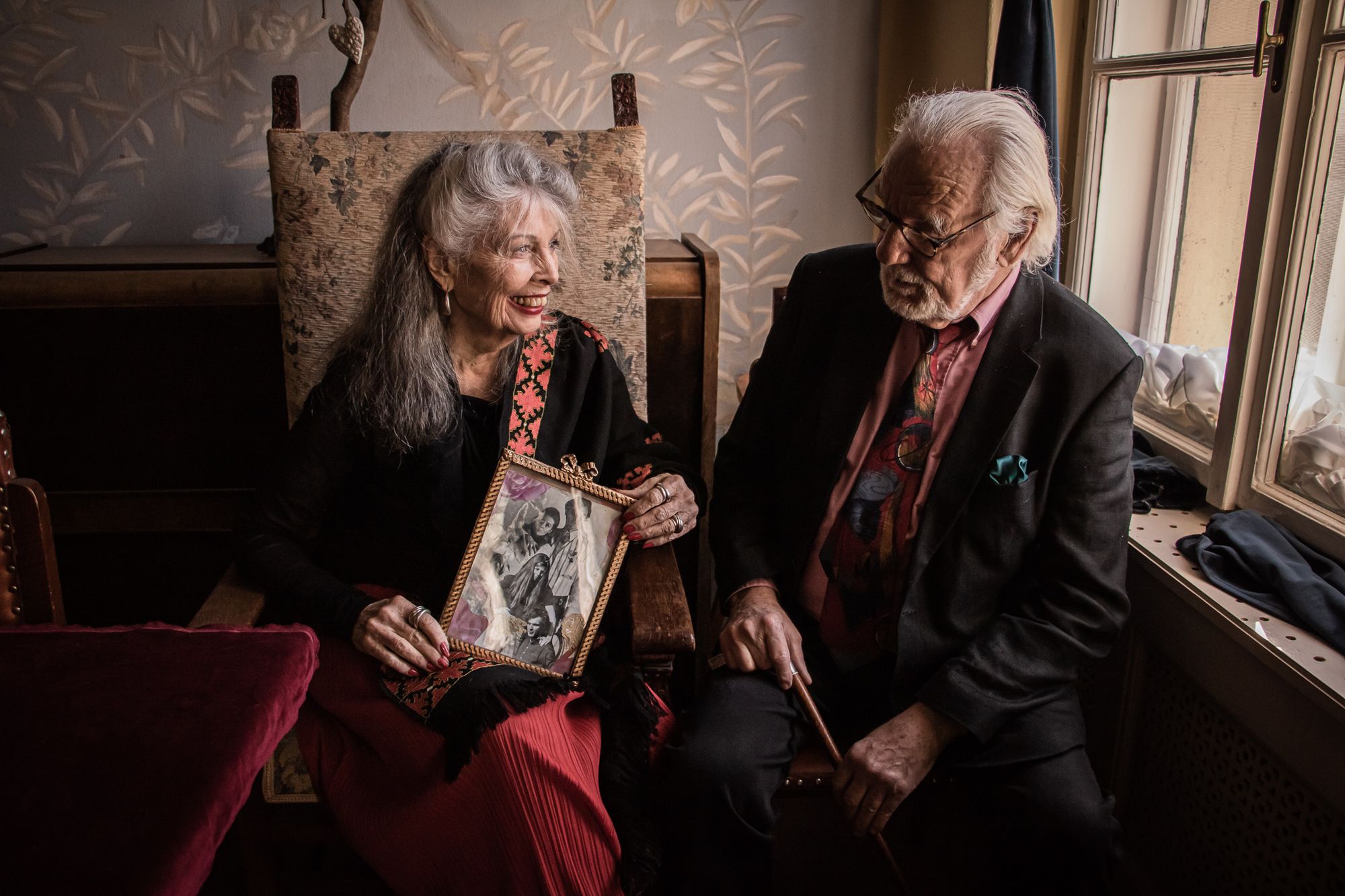Nowadays, we store thousands of recordings of our loved ones on our mobile, which fills us with relief. “Yes, we got it, we recorded it”: a child’s first steps, grandma’s birthday, the first apartment together and we could list more. At the same time, the question arises as to how many times we look back at these, how much they are lost among other content, whether we store them in a safe place on our devices at all, not to mention quality. The films of Lili Vetlényi, Károly Ascher and Marcell Füredi, the team of The Memory, can provide a solution to these problems, and to top it all, in an extraordinary way—in an exceptional framework, they transfer our memories to the future with artistic tools. Interview with Lili Vetlényi!
What motivated you and why did you get involved in this project right now? How did the team come together?
A year ago, during spring, when the virus exploded, I often met my friend, Ágnes Krasznahorkai. In connection with the quarantine, we talked a lot about our loved ones, that we see them less now, so we miss out on important moments in their lives. What’s more, what also came up is how much could have happened to our family members in the past that we don’t yet know about. From these friendly conversations, the idea of Memory was born. I felt it would be too bad to wait with it, even with the pandemic, we had to have a go at it. I have worked with Károly Ascher quite a few times on various projects, so I called him to see if he knew a cameraman who might be interested. In the end, he liked the project so much that he undertook it himself, together with Marci Füredi, who also immediately and gladly joined the team.

You make very nice, professional, valuable recordings under the aegis of The Memory, but I have to ask the question: nowadays, when almost everyone makes videos of their family and loved ones on a daily basis, how much can there be or is there a need for such a short film?
This question crossed my mind as well at the very beginning, so I did a lot of research on the subject, and it soon became clear that there would be a need for this kind of artistic memory saving. Although it is easy to record with a mobile phone these days, their quality can be quite poor. My phone also has thousands of pictures from the last few years, but most of the time there’s no real consideration behind what I’m taking. These are not real memories, I often delete them without looking back at any of them. Memory films, on the other hand, are beautifully composed works, which we also give to our customers in a gift box, thus leaving a lasting mark to posterity.
What kind of requests have you had so far? Do grandchildren and children commission, or do parents and grandparents want to tell stories and leave memories?
What we enjoy most in this work is learning about new ways of life. Survival, everyday life, individual decisions, courage and the expression of different emotions in a personal story impress us every time. As an actor, director and cameraman, they are just as inspiring to all of us.

We are mostly asked by the children and grandchildren of the interviewees. Grandparents are more reticent, which is by the way completely understandable. Revealing to a stranger the most intimate, often painful family legends is not easy. With them, to tell about even a day of their teen years, you have to be very patient and receptive, and we always devote enough time and energy to that. All it takes is a little understanding and the story archives open.
How does such a shoot take place?
On the day of filming, I am the first to arrive, at which time we talk a little so that the initial stage fright, any distrust will pass, and we can sit in front of the camera freely later. Then Károly and Marci arrive. They find the best place, set the lights and we start the filming. If we have to, we rest, we cry, we laugh—we leave time for everything. So far, all of our interviewees were afraid of how they would look in the recordings, and then after watching them, they were all surprised at how beautiful and interesting they were. Because yes, indeed, everyone is! And we help you see that.

During work, I am responsible for the visuality and for leading the conversation in the right direction, but sometimes I even bake cookies. The main task of Marci and Károly is to take care of the film, the technical background. Each of us has a task, but we are happy to help or seek advice from the other.
How do you keep your memories?
All three of us take a lot of photos with analog cameras, not necessarily because of the retro mood of the photos, but rather because of the method. Since the launch of Memory, we have made several audio recordings of the stories of our family members, as we no longer trust our memories. And so that I don’t miss out on our own cool project, we’re also shooting a film with my grandmother next month.

Your portfolio also includes films about visiting a hometown and family cooking. Are you planning on going in any other directions as well?
We definitely want to stay with personal stories. No one can make grandma’s strudel like grandma herself, and this moment can be captured well on film—as her hands move, her facial expressions are seen, her laughter is heard. We can save this for future generations. By the way, the short film themes listed on the website are only base ideas, they can be interpreted freely, so the spectrum of our portfolio expands with each family. There are always plans, but now we primarily want to improve the current concept of Memory.
Photos: Rebeka Rajnai

Proposal for a sustainable city | KOGAA

The coolest lamps in Eastern Europe | TOP 5










